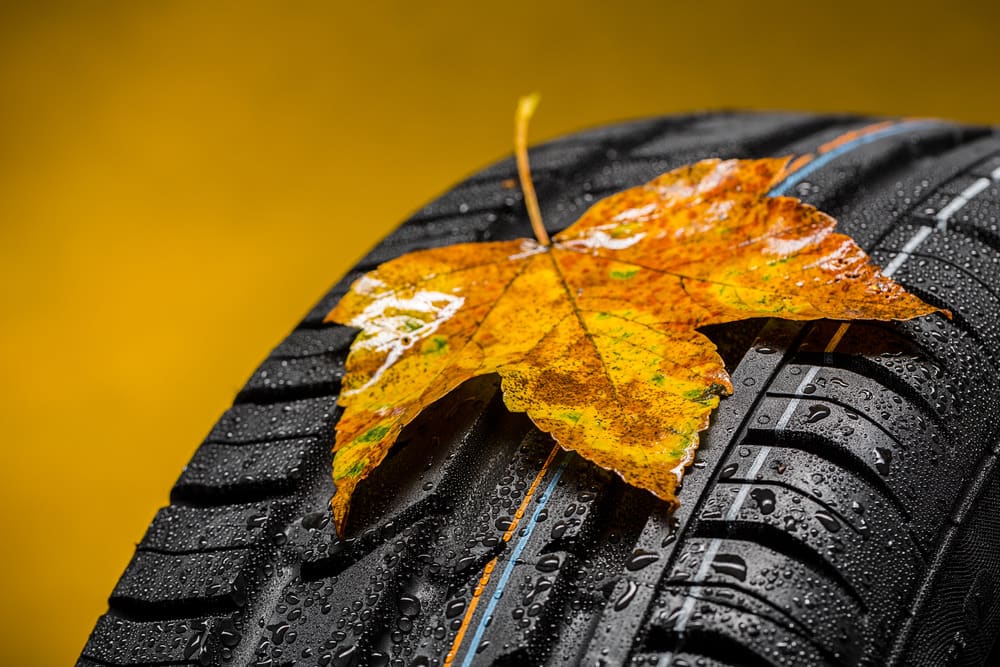

Depending on the climate you live in, season changes can be slight or they can be extreme. Some areas of the United States have very temperate climates with a rainy season and a hot season. Others have a short, hot summer followed by a long, very cold and snowy winter. The climate you live in determines your relation to all-season tires.
All-season tires refer to tires that function best in overall conditions. When compared with a winter tire or a dedicated summer tire, all-season tires handle an array of weather conditions better than the others.
How are all-season tires designed?
When tire manufacturers design an all-season tire, the main factors they take into consideration are:
- Longevity of tread wear
- Ability to channel water away in wet conditions
- Road noise
- Comfort of ride
Other factors, such as cold weather performance, play a factor as well, but to a lesser extent.
If you’ve ever seen a tire ad or pamphlet, you will notice many have a rating for useful life (for example, 60,000 miles). The longevity of tread wear is estimated based on average use under normal operating conditions for different types of vehicles. It considers mainly the tire’s composition and density; it’s ability to maintain traction while minimizing the amount of wear. A harder rubber compound will have a longer tread life but will lose traction more easily, whereas a softer rubber compound will have better traction in varying conditions but is more susceptible to wear.
A tire’s ability to channel water away prevents a condition known as hydroplaning. Hydroplaning is when the tire’s contact patch isn’t able to cut through the water on the road quickly enough to get traction, and is essentially riding on top of the watery surface. Tire manufacturers design their tread blocks to funnel water away from the middle of the tread and outwards. The channels and lines cut into the tread blocks are known as sipes. These sipes spread out and grip the road surface.
A tire’s tread pattern also plays a factor in the amount of noise transmitted into the vehicle’s cabin. Tire designs incorporate alternating or staggered tread blocks to minimize the droning noise from contact with the road. Road noise is mostly an issue at highway speeds, and poorly designed tires are noticeably louder than higher quality tires.
The rubber used in an all-season tire is firm, and can create a harsh ride that transmits the vibration from bumps into the passenger compartment. To improve the comfort of ride, tire manufacturers strategically design the sidewall to be softer and allow more cushion over bumps.
Are all-season tires really good for all seasons?
All-season tires are the best option for all around driving conditions, but they perform best in conditions above 44 degrees. Below that temperature, the rubber compound in the tire gets significantly harder, which increases stopping distance and makes losing traction much more likely.
If you are driving in cold and snowy conditions only occasionally, all-season tires may be the best choice for you. If you live and drive in a climate that experiences several months of cold weather and snow, consider a separate set of winter or snow tires for temperatures below 44 degrees. They will improve traction in cold weather and slippery conditions.



